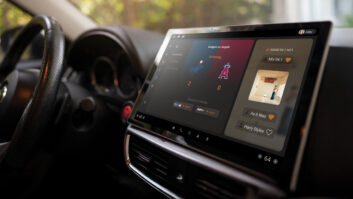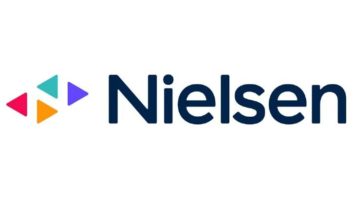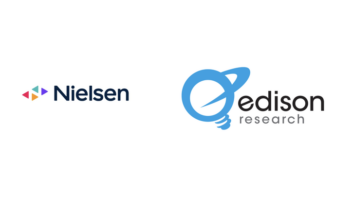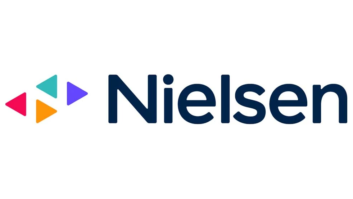“The adoption and results of enhanced CBET are positive steps forward for the audio industry.”
So say Nielsen Chief Engineer Arun Ramaswamy and Nielsen Audio Managing Director Brad Kelly. They write in a blog post that since February a year ago, average quarter hour audience for audio has grown 13% in portable people meter markets among persons 6 and older. “This year-over-year growth in audience reflects a significant improvement in our PPM measurement system,” they argue.

PPM has been at the heart of industry controversy involving embedded audio “watermarks.” Its accuracy came under heightened scrutiny when 25-Seven Systems introduced its Voltair monitor/processor to much hullabaloo last year, to a disapproving response from Nielsen.
Nielsen then announced plans for a “significant enhancement” to CBET, introduced in the fourth quarter. Some 3,000 U.S. stations now have enhanced CBET — about three-quarters of subscribers, Nielsen said, and about 80% of minutes measured by PPM.
It seems likely that debate will carry over into the aisles and sessions of the NAB Show next month. Just last week, the makers of Voltair put out a statement that “still provides broadcasters with a significant ratings advantage, even on enhanced CBET.”
Now comes Nielsen’s blog post and the accompanying graphics shown here. Without mentioning Voltair, the authors said they intended their enhancements to bring audio metrics in line with other media and better reflect a complex consumer environment, where people are exposed to more variety of media, with more simultaneous usage.
“We’ve found that enhanced CBET makes the PPM codes stronger and more robust, which improves code detection in challenging acoustic environments such as low volume and/or high background noise conditions,” wrote Ramaswamy. He said enhanced CBET was “thoroughly tested in the lab and the field” before deployment, with feedback “from a team of technical experts from various radio groups.”
Nielsen reported that field testing found an average increase of about 15% in AQH audience compared with the prior version of CBET among tested stations. “The testing found that enhanced CBET improved detection for stations in all formats. In addition, studio testing demonstrated that enhanced CBET does not compromise audio quality.”

The company cited not only 13% year-over-year gain in listening among persons aged 6+, but found double-digit growths among millennials (aged 18–34) and the “buying demo” of people 25–54 (see first graphic). It called these results “especially impressive.” It said gains were seen in each of the major format categories compared to last year. They did not comment further in their post about implications of these findings for the accuracy of past measurements.
They conclude that their enhancement “brings audio metrics closer to how other media are measured and is better suited to today’s more complex media landscape, benefiting both broadcasters and advertisers. And it levels the playing field, because it is available on a system-wide basis and is applied in a unified manner across stations.”
The company also highlighted its new Nielsen Digital Audio Ratings service to quantify consumption of broadcast radio across all platforms including smartphones, tablets and computers.






